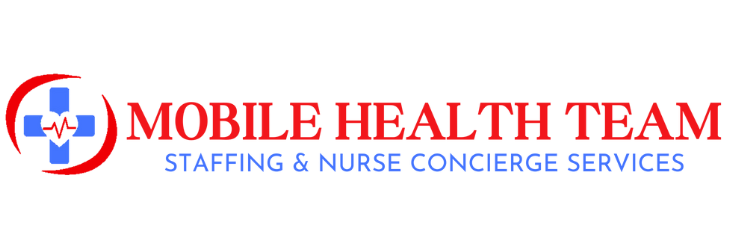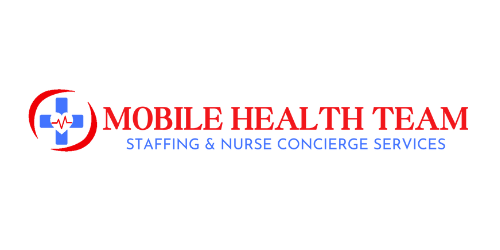The role of Human Resources (HR) has transformed significantly in recent years. HR is no longer just about hiring and payroll—it is a strategic partner in business success, fostering a strong company culture, driving employee engagement, and ensuring workforce sustainability. To remain competitive, HR professionals must embrace new trends and approaches that enhance both organizational growth and employee satisfaction. Here’s how HR can evolve and thrive in today’s workplace.
1. Shaping a People-Centric Culture
A strong organizational culture leads to higher employee satisfaction, retention, and productivity. HR plays a crucial role in shaping a workplace where employees feel valued and engaged.
How HR Can Lead:



2. Leveraging Data-Driven HR Strategies
HR professionals can enhance decision-making by using HR analytics and workforce data.
How HR Can Lead:



3. Modernizing Talent Acquisition and Recruitment
The traditional hiring process is evolving. HR teams must adopt innovative recruitment strategies to attract top talent in a competitive market.
How HR Can Lead:



4. Prioritizing Employee Well-Being and Work-Life Balance
The employee experience is a key driver of productivity and retention. HR departments should focus on mental health, work-life balance, and wellness initiatives.
How HR Can Lead:



5. Upskilling and Continuous Learning
Workforce skills are constantly evolving. HR must support professional growth to ensure employees remain competitive and motivated.
How HR Can Lead:



6. Implementing Agile Performance Management
Traditional annual performance reviews are outdated. HR teams should move toward continuous feedback and agile performance management.
How HR Can Lead:



7. Strengthening Diversity, Equity, and Inclusion (DEI)
A diverse workforce enhances creativity, problem-solving, and business performance. HR must take the lead in building inclusive workplaces.
How HR Can Lead:



8. Enhancing Employee Retention Strategies
High turnover is costly and disruptive. HR must create retention strategies that keep employees engaged and loyal.
How HR Can Lead:



Final Thoughts
HR is no longer just a support function—it is a key driver of business success. By embracing technology, prioritizing employee well-being, and fostering a people-first culture, HR professionals can create workplaces that attract, engage, and retain top talent.



